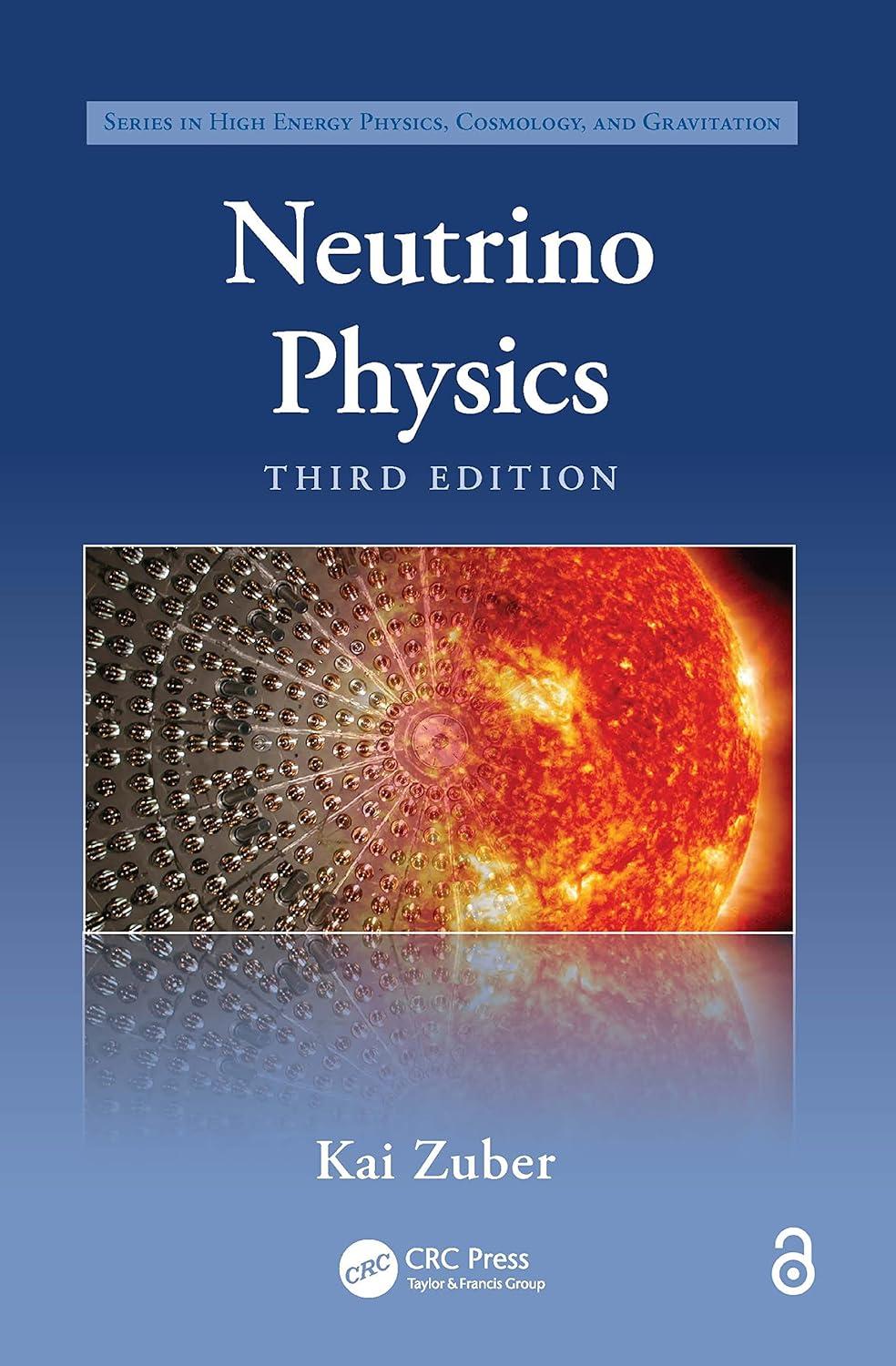Question
Procedure Imagine you and a friend made a trip from Calgary to Edmonton. Since your friend was driving the car, you decided to make yourself
Procedure
Imagine you and a friend made a trip from Calgary to Edmonton. Since your friend was driving the car, you decided to make yourself busy by keeping a record of the distance travelled as a function of time. So, while waiting for the last traffic light to turn green on the outskirts of Calgary, you reset the odometer to zero. When the green light turned on, you started timing the trip using a stopwatch. Every ten minutes, you recorded the odometer reading. At the end of your trip, you had two columns of data as shown in Table L1.2.
Since the odometer gave the distance to within n100m, you estimated the uncertainty in dd to be (d=0.1km). Even though you did your best to take the readings at equal time intervals of 10 minutes, you still estimated a timing error of about 12 seconds (or tm=0.2min).
| Time in Minutes tm0.2(min) | Time in Hours th(h) | Distance d0.1(km) |
0 | 0 | |
10.0 | 17.5 | |
20.0 | 34.5 | |
30.0 | 52.5 | |
40.0 | 76.1 | |
50.0 | 87.0 | |
60.0 | 105.0 | |
70.0 | 122.3 | |
80.0 | 144.0 | |
90.0 | 152.3 | |
100.0 | 177.0 | |
110.0 | 191.1 | |
120.0 | 209.0 | |
130.0 | 227.4 | |
140.0 | 241.0 | |
150.0 | 263.7 | |
160.0 | 285.2 | |
170.0 | 292.1 |
Analysis
Since you are using kilometre (km) as the unit of distance, it is probably a good idea to use hour (h) as the unit of time. So, begin by transforming the elapsed time from minutes to hours and insert the results into the second column of Table L1.2. After completing the transformation, you need to calculate the uncertainty of the new quantity th. Remember that th=160tm(L1.4) and that the factor 1/60 is an exact number with zero uncertainty.
On graph paper, draw a horizontal axis representing the time in hours (th) and a vertical axis representing the travelled distance (d) in kilometres. Then represent the data in Table L1.2 by points on the graph paper. Each point consists of a dot enclosed in a small circle. If you think the error bars are too small to be visible, you may ignore them after providing a suitable justification. In this first experiment, please draw the graph by hand and avoid using any computer software for this purpose.
Using a ruler, draw a straight line that passes (on the average) through the data points. This should represent the best linear fit to the data. Calculate the slope of the best-fit line using the rise-over-run relation. Also, determine the y-intercept and write the equation of the best-fit linear graph. How is the slope value related to the speed of the car during the trip? Explain your answer.
Estimate the instantaneous speed of the car at tm=75min. Is this value greater or less than the average speed of the car during the trip?
Write a brief conclusion in which you summarize the results of the experiment. You should also include some general comments and suggestions to modify the experiment and improve the accuracy of measurements.
Step by Step Solution
There are 3 Steps involved in it
Step: 1

Get Instant Access to Expert-Tailored Solutions
See step-by-step solutions with expert insights and AI powered tools for academic success
Step: 2

Step: 3

Ace Your Homework with AI
Get the answers you need in no time with our AI-driven, step-by-step assistance
Get Started


